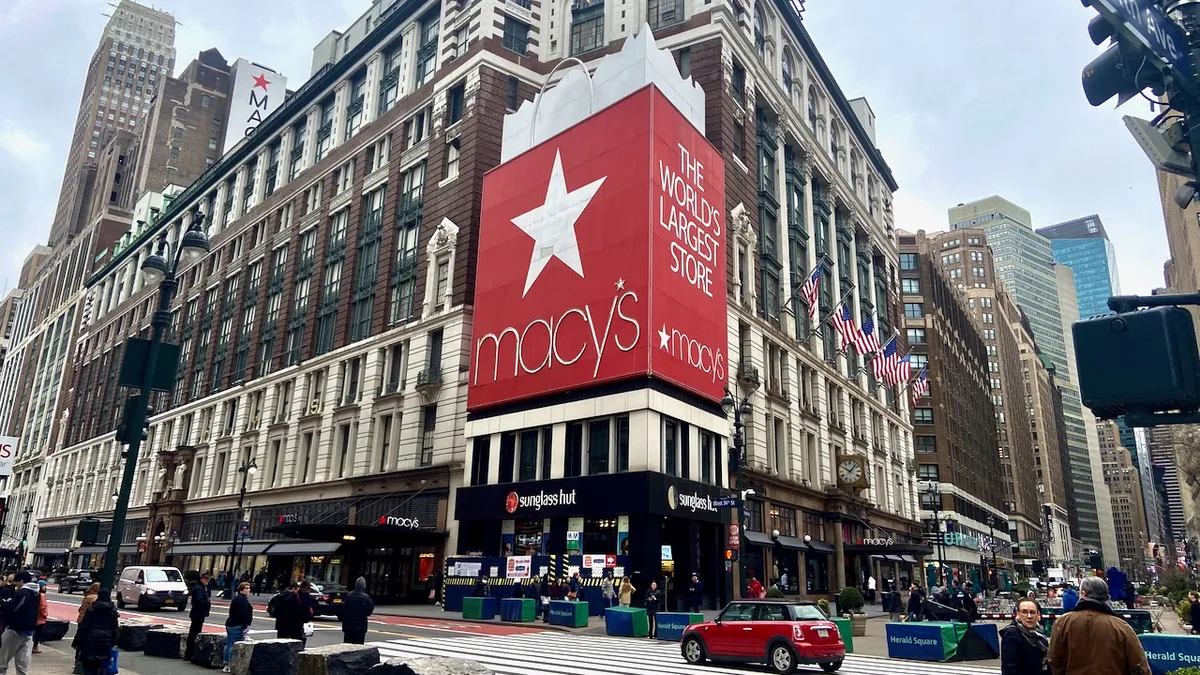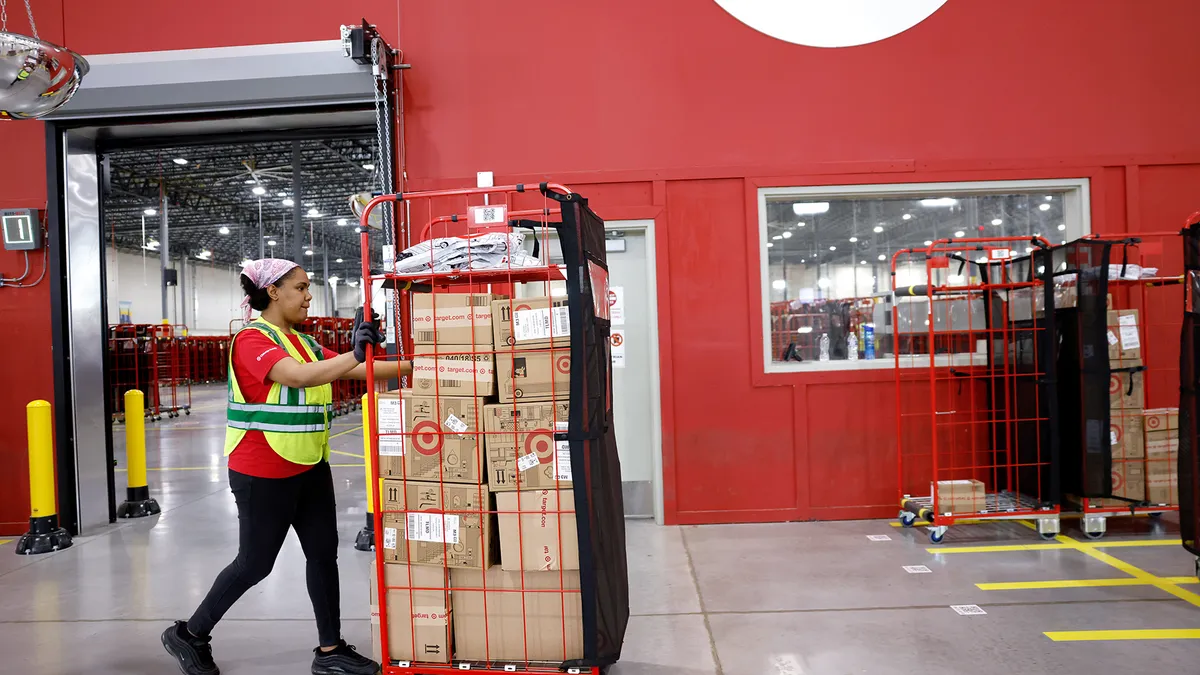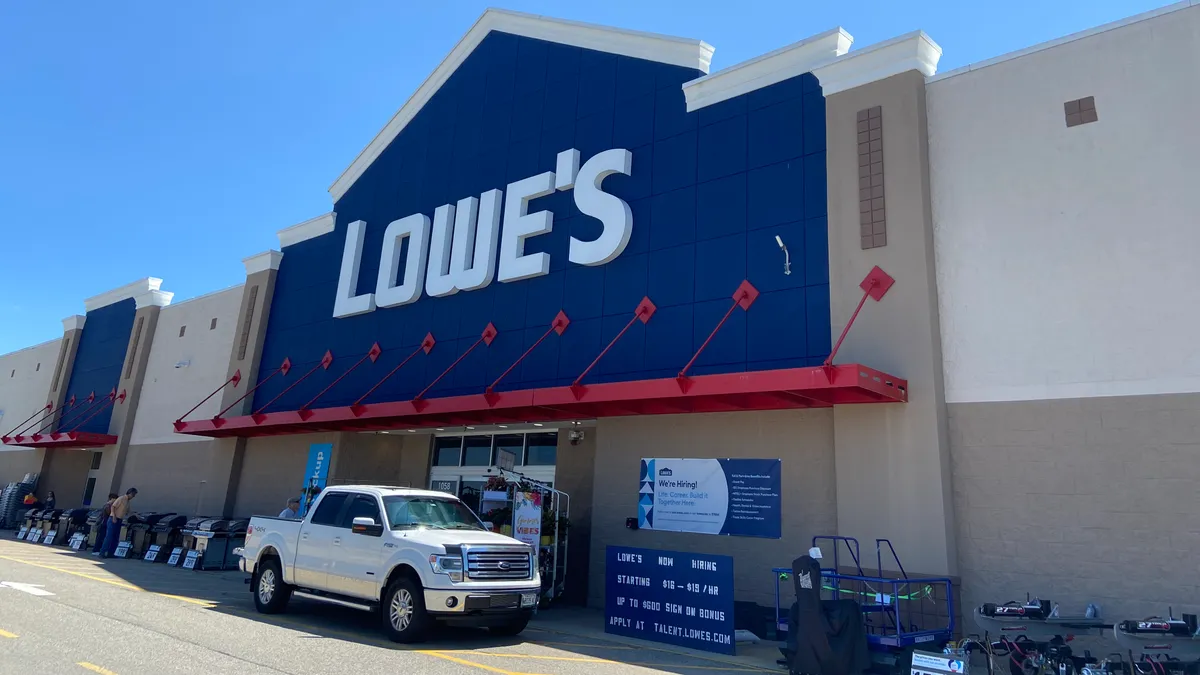To determine the value of ending inventory and, ultimately, margins, many retailers have stuck with an accounting practice known as the retail inventory method — in some cases for more than 100 years — despite a slew of downsides.
Now there’s another reason to switch from RIM to a cost-based accounting method: see-sawing tariffs under current U.S. trade policy.
It’s not just that RIM is outdated, although cost-based accounting is better equipped to take full advantage of digital tools, experts say. Cost accounting is also more accurate because it leverages the actual cost of inventory, according to Mike Sansone, partner in Kearney’s consumer practice.
“With tariffs, RIM will, basically, rapidly revalue your inventory, much more quickly than cost accounting. But I didn't suddenly bring in more product, right?” he said by video conference. “It's a revaluation of the inventory that is not really grounded in reality.”
The ups and downs of tariffs
RIM uses a cost complement — a ratio of the cost of goods available divided by the retail price of goods available. A century ago this was a brilliant formula for pencil-and-paper estimates of inventory and margins, as merchandise flowed in and out of stores.
Visibility into those line items fogs up easily, though, because the method works best when markons, markups and markdowns are fairly consistent, according to Suni Shamapande, partner at PwC U.S. Under RIM accounting, cost spikes are reflected in the retail-to-cost ratio but not at the item level, leading to broader adjustments in markups, he said.
Enter today’s U.S. tariff policy, where consistency is out the window. Using RIM, all inventory — including older inventory unaffected by tariffs — is subject to the ratio. Margins fluctuate wildly as tariffs move up, up again, or down.
Cost accounting — the alternative that Macy’s and Nordstrom recently embraced for reasons unrelated to tariffs — instead uses the actual cost of goods at the item level. This provides tariffs’ impact on margins, cost of goods sold and inventory valuation only for the stock hit by the import duties.
There can still be some aberration under cost accounting because different approaches — variations like FIFO (first in, first out), LIFO (last in, first out) or weighted average — can yield different results when there’s a change in input costs like tariffs, according to Shamapande. But not as much as with RIM.
“All methods will experience the impact of tariffs, but cost accounting will more precisely reflect the effect at the item level compared to the retail method,” he said.
The repercussions
The consequences are playing out at retailers in different ways and to varying degrees. Major chains still using the retail inventory method include Walmart, Target, Dillard’s, Kohl’s, J.C. Penney and Dollar Tree.
At Walmart, the method is making it difficult to assess how tariffs are impacting performance, Chief Financial Officer John David Rainey told analysts in May. The company pulled its near-term guidance as a result.
Rainey described how, under the ratio used in RIM, rising prices drive markups on inventory and merchandise margin gains, while markdowns offset that. Walmart U.S. has always employed RIM — “it's not new for us, and it's a common method of accounting in the retail industry” — but the up-and-down tariffs are injecting volatility into the exercise, he said.
“The magnitude of these swings, both positive and negative, given the level of additional costs that could be applied to the inventory that we're purchasing right now, are unprecedented in our business and could result in swings in margin and earnings by quarter,” Rainey said.
Walmart has been vocal on the issue, but this is likely also affecting other retailers, analysts say.
“Walmart's disclosure that its inventory accounting might cause a 2Q gross margin benefit has stirred some questions,” Bank of America analysts led by Lorraine Hutchinson said in a May research note. “A key reason that [Walmart] called this out is that it has started raising prices, but not all products in inventory carry tariffs yet.”
Because gross margins factor into buyers’ evaluations and compensation, RIM often plays a part in buying behavior at apparel retailers and department stores. A sudden revaluation due to tariffs can throw a wrench into inventory planning, according to Kearney’s Sansone.
Mostly, though, the RIM-induced effect seen at Walmart will be less pronounced at any retailer less willing or able to quickly adjust prices, according to Bank of America analysts.
“Apparel and footwear retailers have much less dynamic pricing and typically can't change prices quickly (most clothing is ticketed at the factory well in advance of hitting the shelves),” Hutchinson said. “We might see more dynamic pricing in off-price, which has a more advanced distribution network and may have started changing tickets already. But it will take some time for the traditional apparel retailers to move their prices.”





















